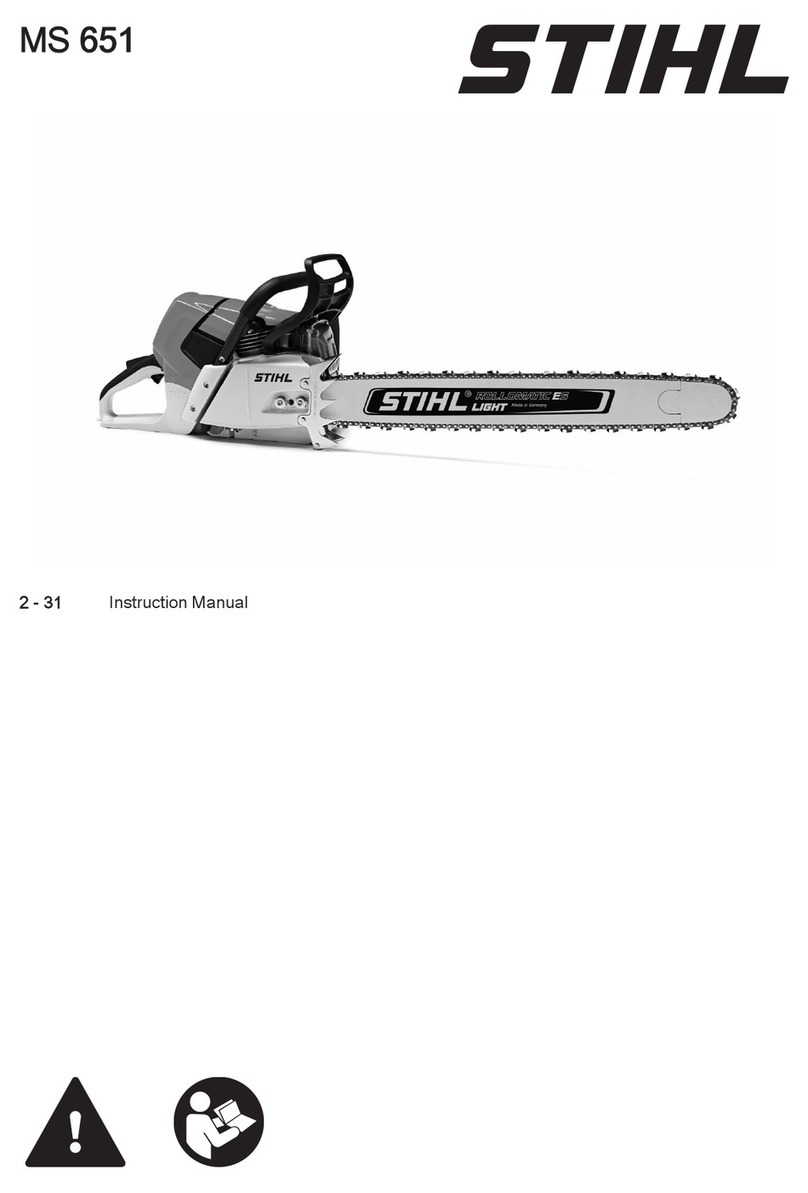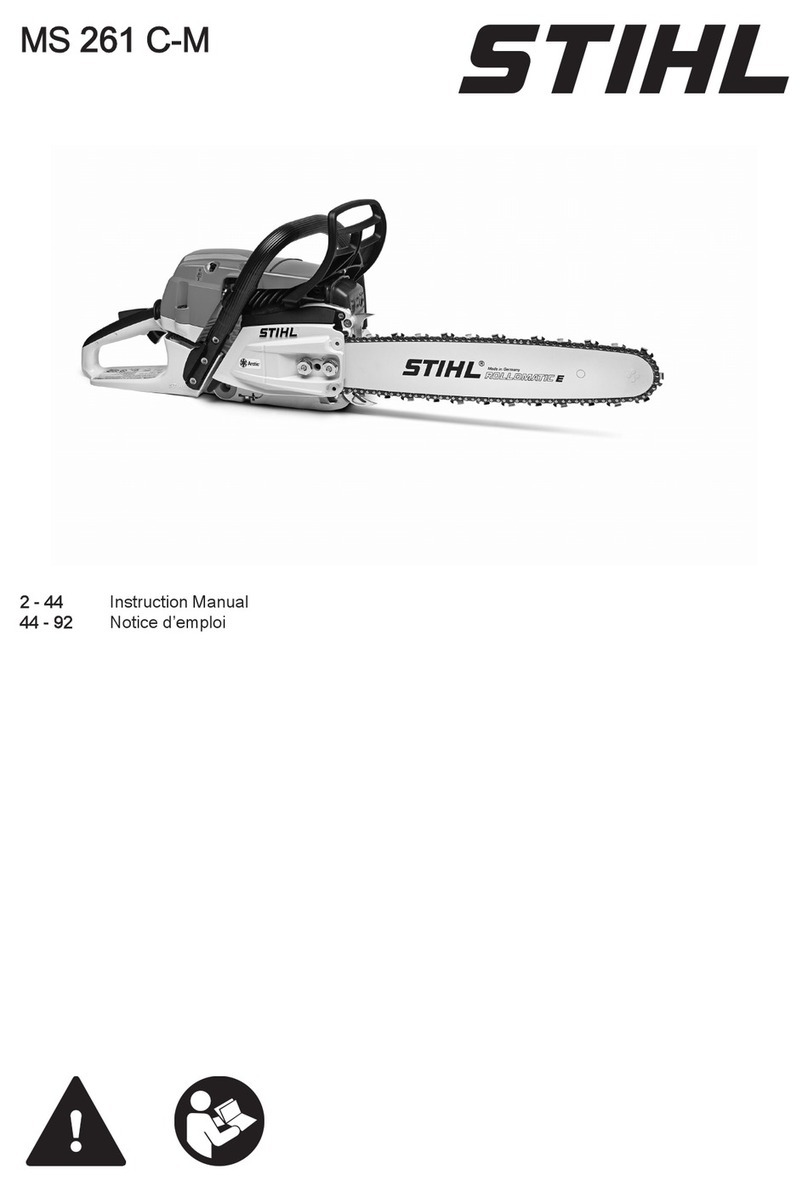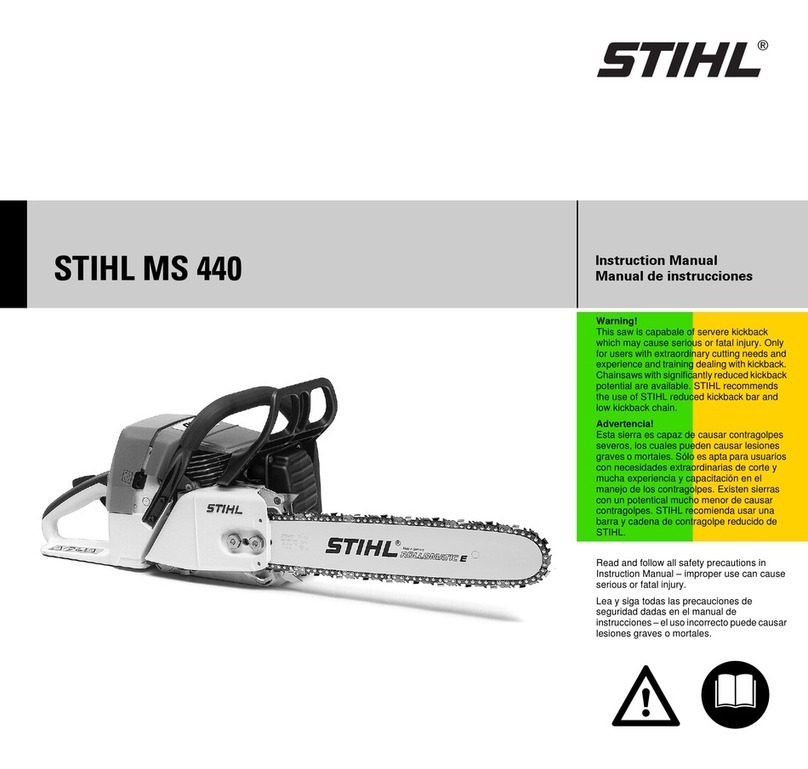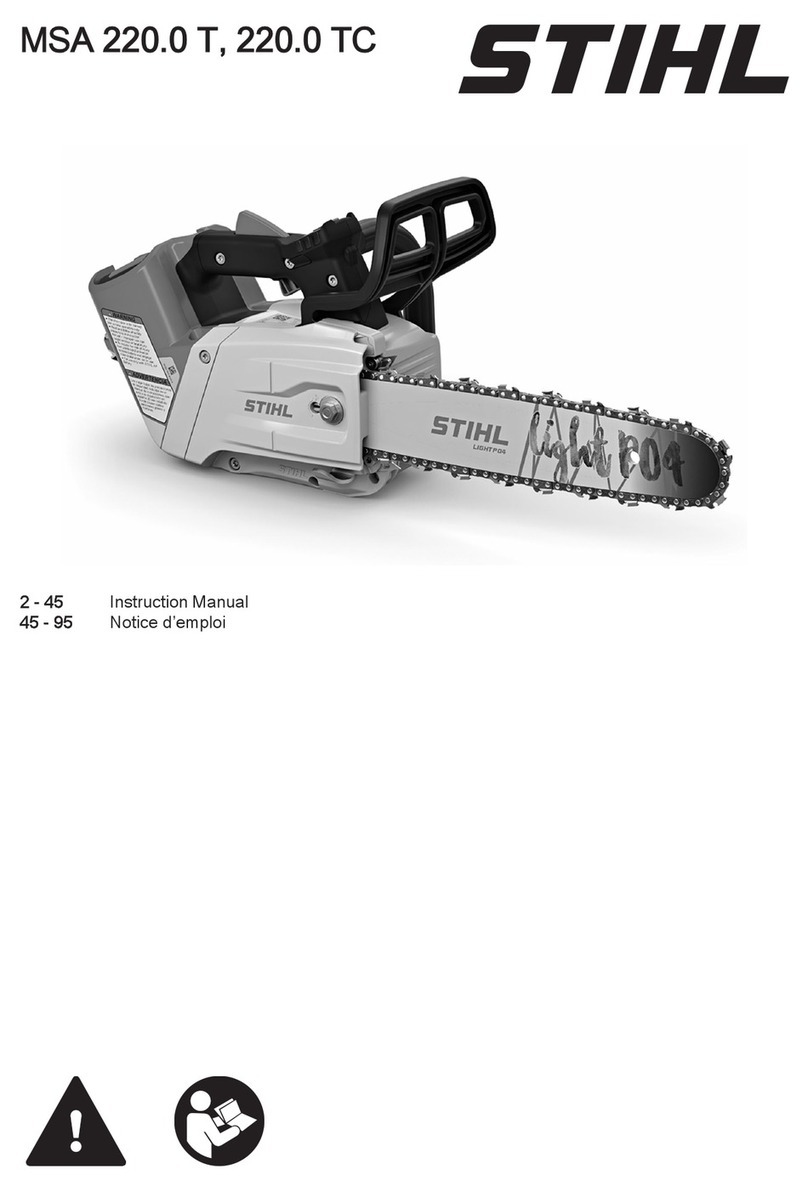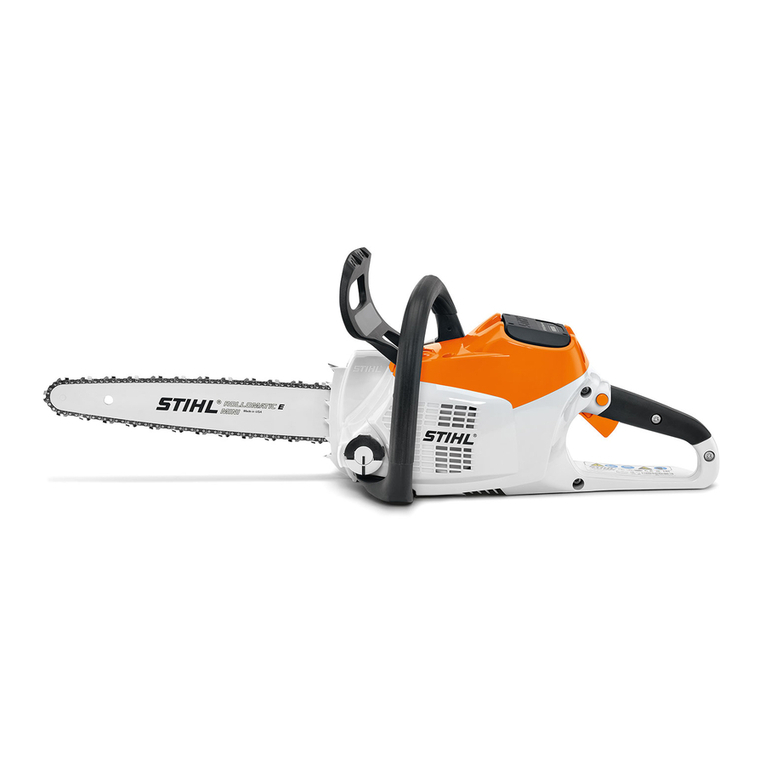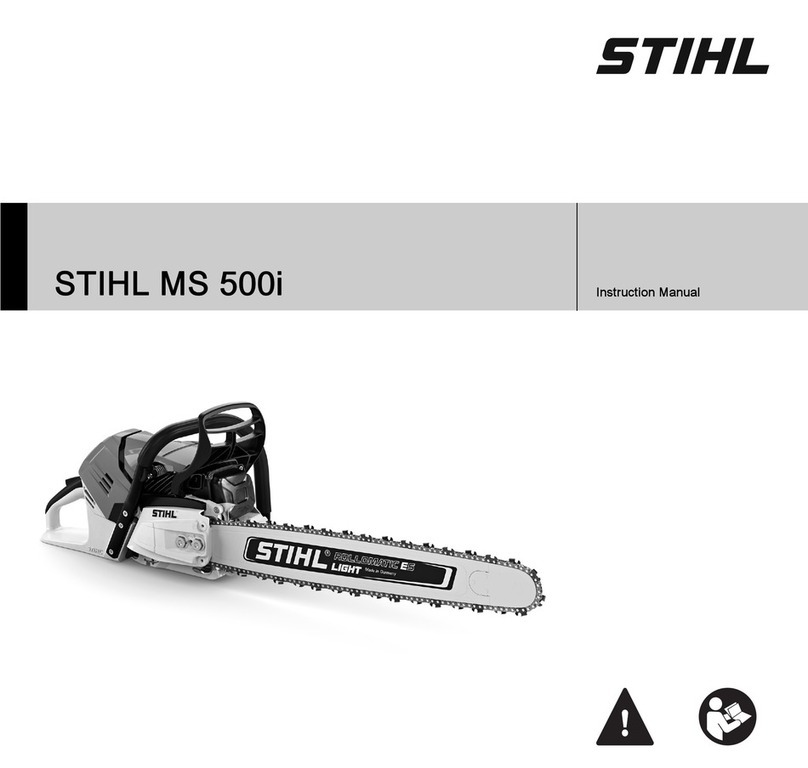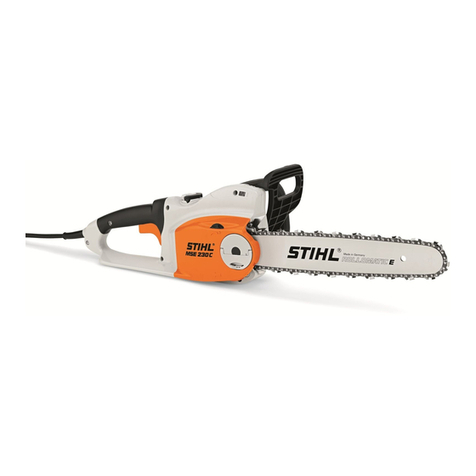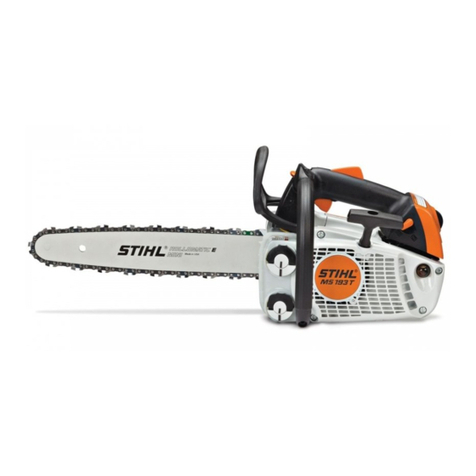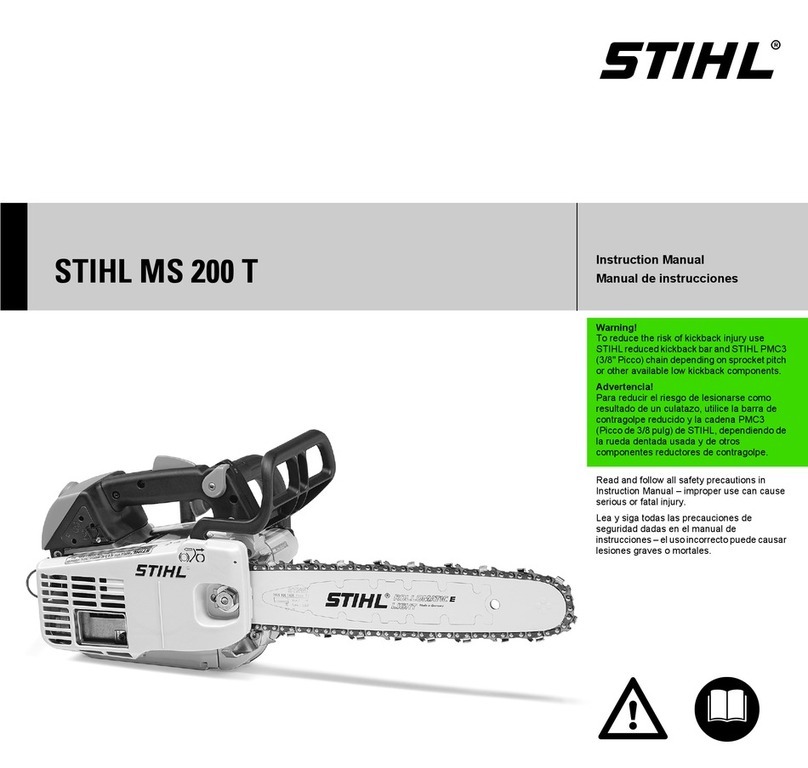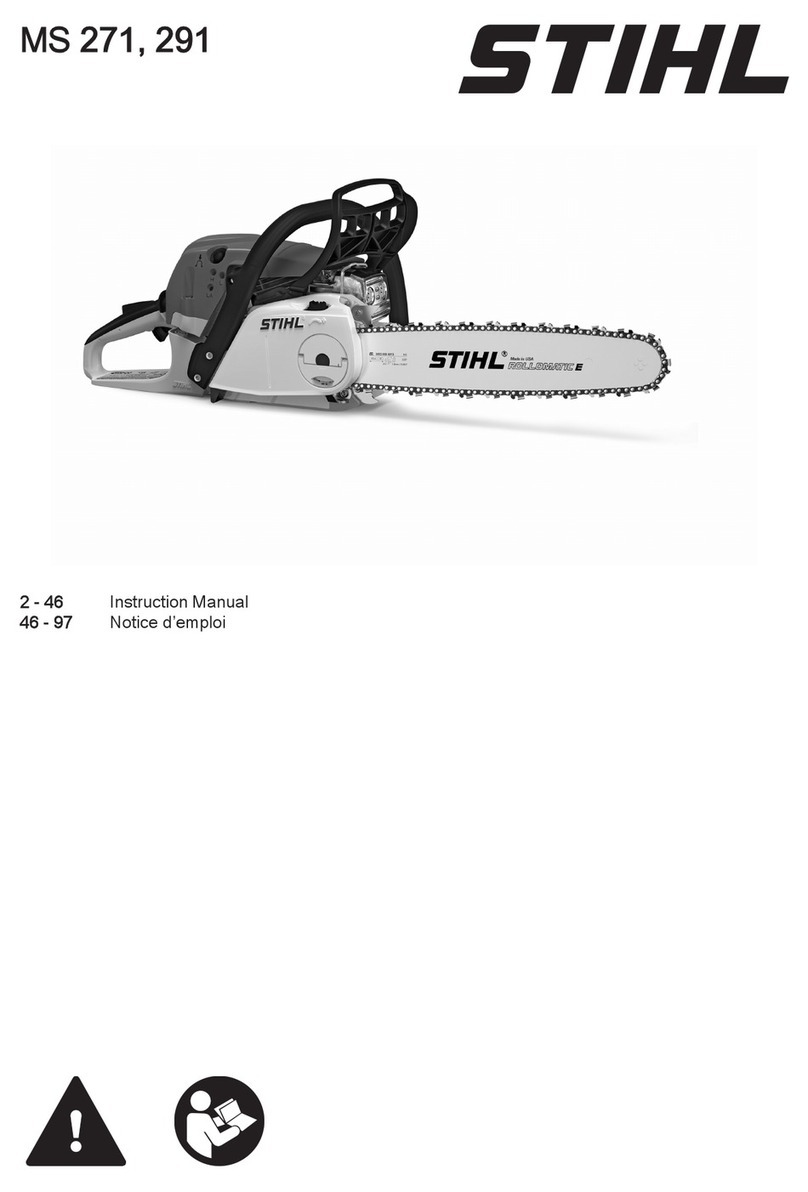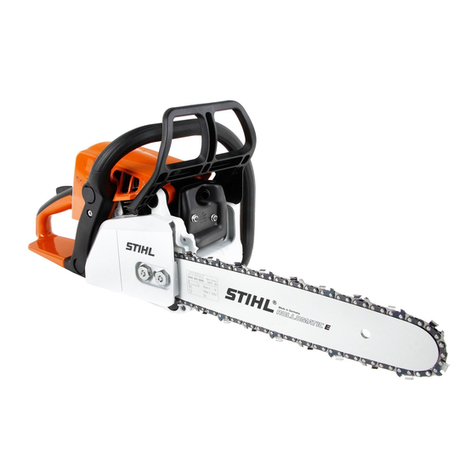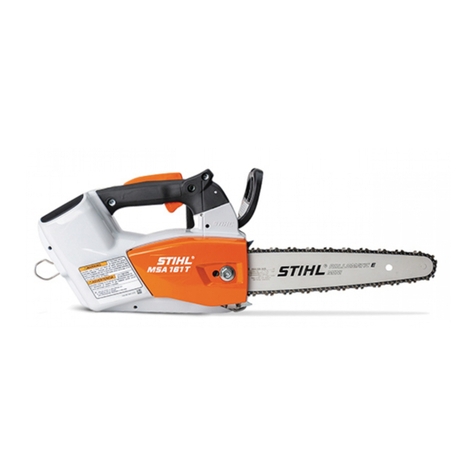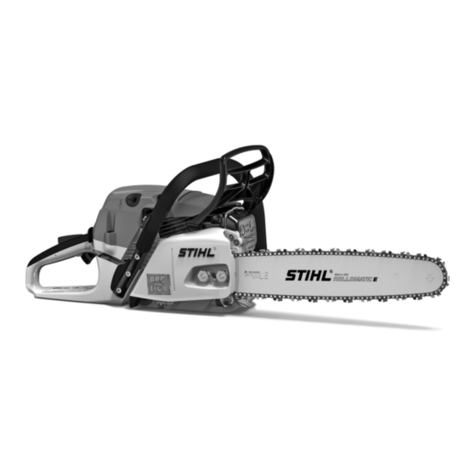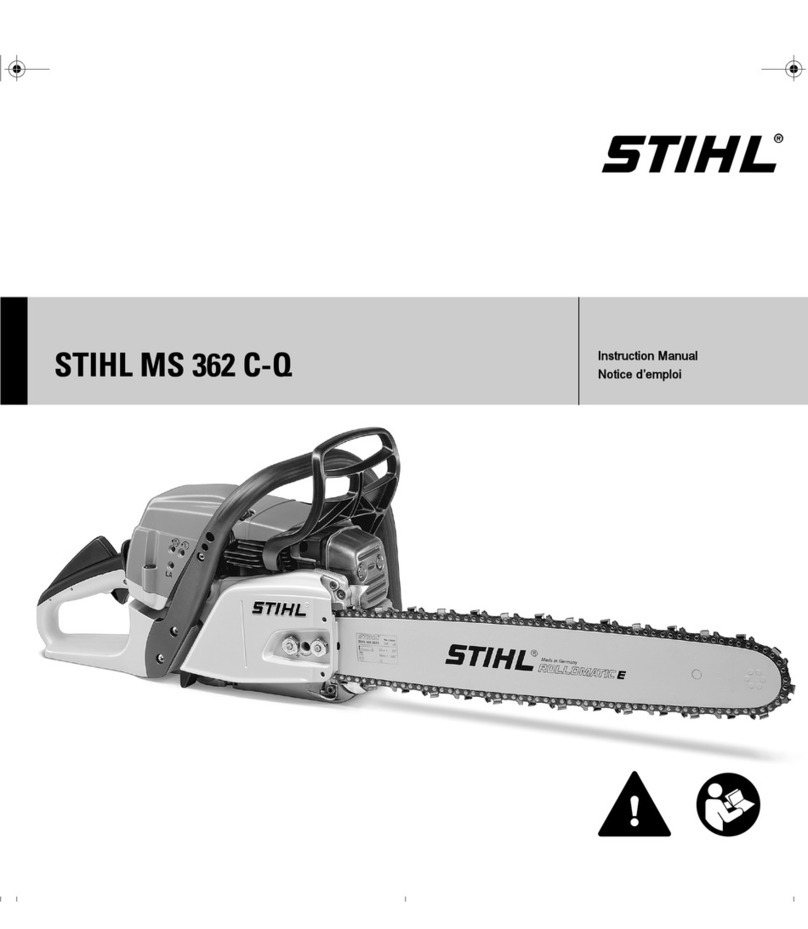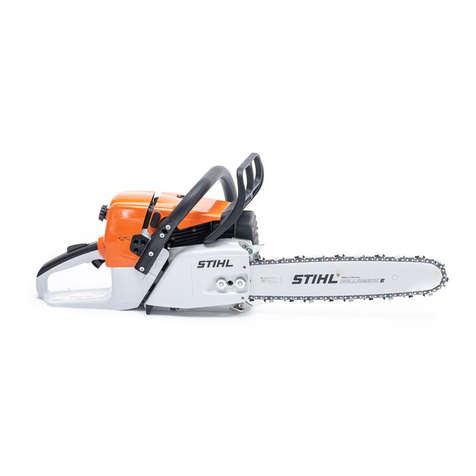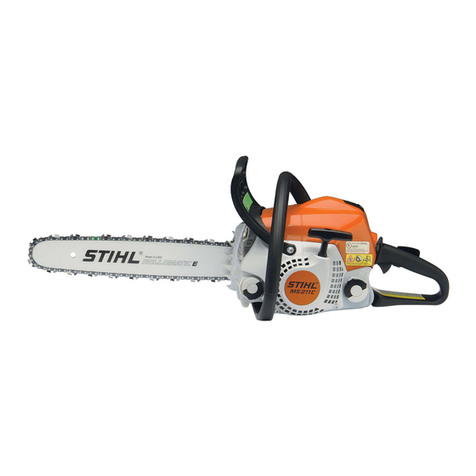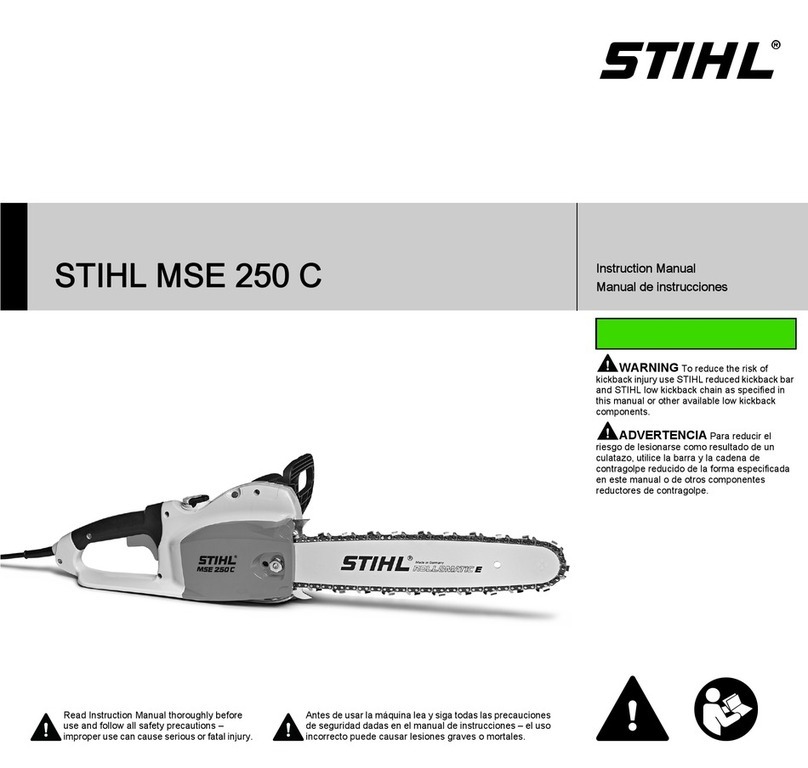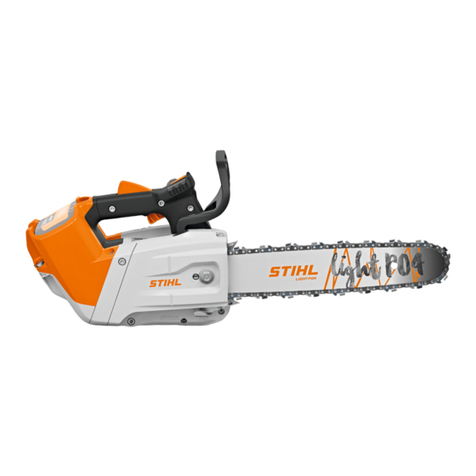
STIHL TS 400 2
1. INTRODUCTION
This Repair Manual contains a
detailed description of all the typical
repair work required for this series of
cut-off machines. Repairs to be
undertaken on standard parts and
assemblies which are used in several
STIHL power tool series are described
in separate repair manuals. Attention
is drawn to these instructions at the
relevant points in this Manual.
The illustrated spare parts lists should
also be consulted when carrying out
repairs, for they show the installed
position and sequence of assembly
for the individual parts.
The latest edition of the respective
parts lists should always be used
when determining the part numbers of
the required replacement parts.
Microfilms are more up-to-date than
printed replacement parts lists!
Faults in the cut-off machine may be
due to several causes. Note the
"Summary of faults" in the manual
"Troubleshooting, standard repairs"
for all function groups.
Note the "Technical Information"
sheets, for they describe technical
changes implemented after publication
of this Repair Manual. The Technical
Information sheets supplement the
replacement parts list until a new
edition is published.
The special tools mentioned in the text
are listed in the last chapter of this
Manual. The tools can also be
identified in the manual of "STIHL
tools" on the basis of this part number.
The manual lists all tools available
from STIHL.
Repairs can be carried out more easily
by mounting the cut-off machine on an
assembly stand (1). It is attached to
the cast arm with two hex bolts (2)
M8x25 after removing the bearing with
guard.
The cut-off machine can then be
swivelled into the most suitable
working position, leaving both
hands free for the work itself.
Repair Manuals and Technical
Information sheets should always be
on hand wherever repairs are carried
out. They must not be passed on to
third parties.
The following graphic symbols are
used in the text and illustrations in
order to make this Manual easier to
use and understand:
In the text:
• = Activity to be carried out;
corresponds to the activity in the
picture above the text.
- = Activity to be carried out, but is not
shown in the picture above the text.
In the illustrations:
= Arrow indicating: Note
= Arrow indicating: Go to
Always use original STIHL
replacement parts. Original STIHL
parts can be identified by the STIHL
part number, the
STIHl
logo
and the STIHL parts symbol (.
The symbol may appear alone on
small parts.
